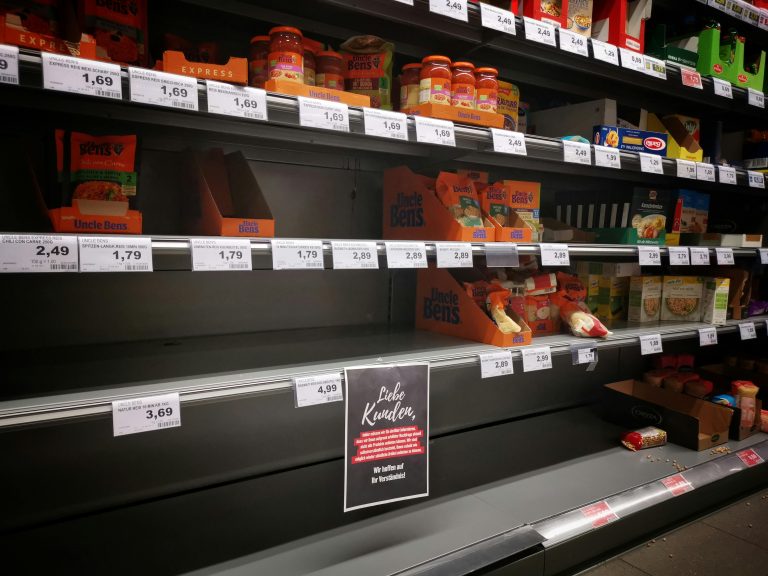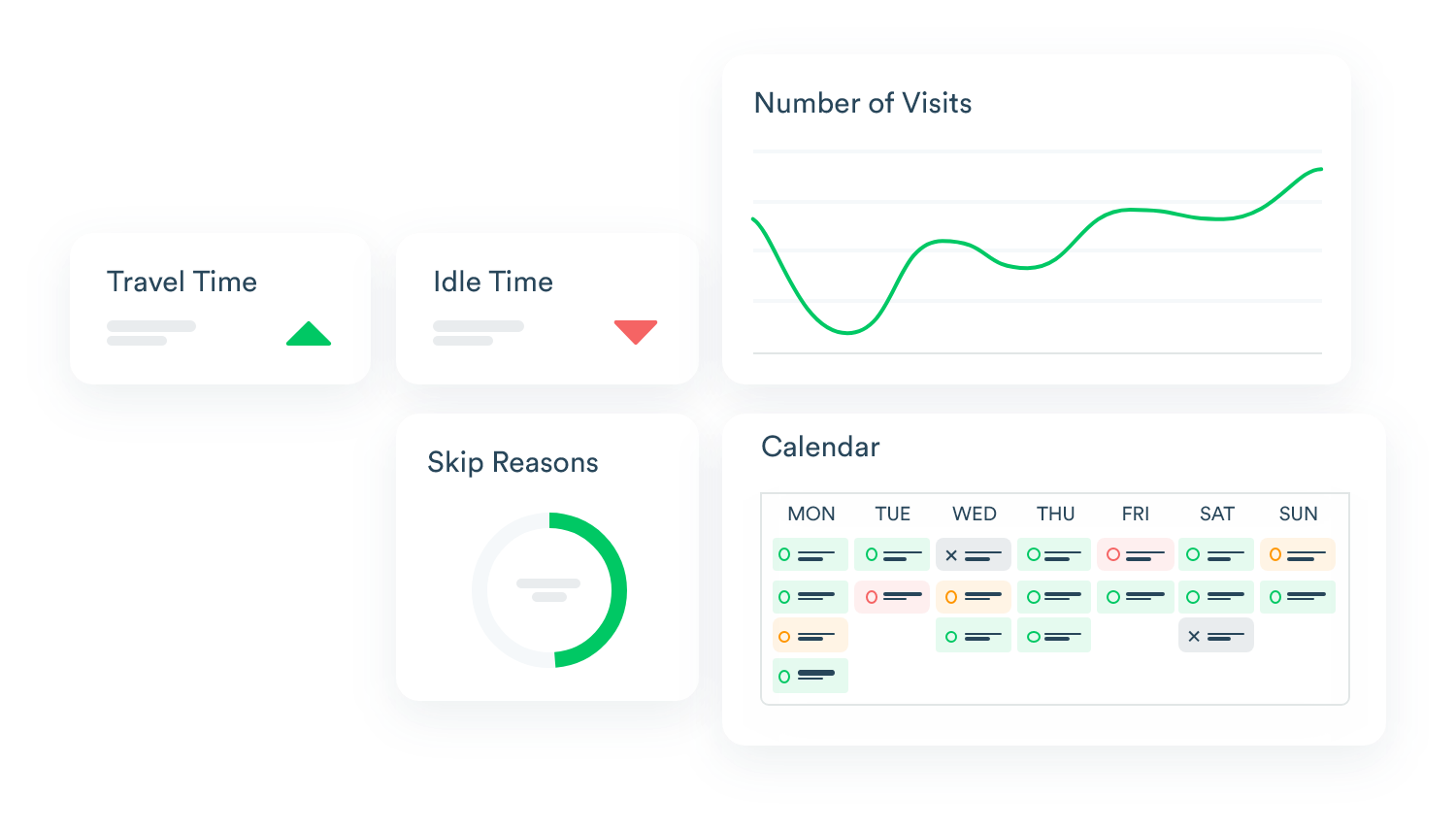Shelf space isn’t just a matter of visibility — it’s a matter of profitability. For that planogram compliance tracking should be religiously executed. For brands, how products are displayed directly impacts shopper behavior, sales performance, and even long-term brand equity. That “place” on the shelf is no accident — it comes from carefully designed planograms, which outline exactly where each product should sit and how much space it should occupy.
For brands and retailers alike, planogram compliance tracking — ensuring the shelf matches the plan — is a powerful driver of profitability. Yet, despite its importance, it remains one of the most under-measured and inconsistently executed parts of retail operations.
A study by Cognizant found that only 57.4% of retailers have a system in place to measure planogram compliance. This means nearly half of the industry still relies on guesswork, manual checks, or inconsistent reporting when it comes to such a critical factor in shopper decision-making.
At Shelvz, we believe that compliance is more than a box to check. Done right, it protects revenue, elevates brand value, and fuels long-term growth. Let’s explore why.
What Is Planogram Compliance Tracking?
A planogram is a visual diagram or blueprint showing how products should be displayed on shelves, racks, or displays. It takes into account factors like:
- Product adjacencies (e.g., placing chips near dips).
- Eye-level visibility (prime space for high-margin products).
- Brand blocking (grouping SKUs together for stronger impact).
- Promotional displays (highlighting seasonal or discounted items).
Planogram compliance tracking means checking whether these layouts are executed correctly at the store level. For example: Is the new cereal on the second shelf from the top? Are the promoted beverages displayed in the agreed cooler space? Do private-label products get the spacing specified in the retailer’s contract?
Compliance connects strategy to execution — without it, even the best merchandising plans fall flat.
Why Planogram Compliance Tracking Matters More Than Ever
- The Shelf Is the Final Moment of Truth
Research shows that 70% of purchase decisions are made in-store. Shoppers may come in with a list, but their final choices are heavily influenced by what they see on the shelf. Poor compliance — a misplaced product, an empty facing, a missing promotional sign — can directly result in lost sales.
- Trade Spend Depends on It
Brands invest billions in trade promotions, negotiated shelf placements, and in-store campaigns. If a retailer fails to execute as agreed, that investment evaporates. Measuring compliance ensures that trade deals are honored and promotional ROI is protected.
- Brand Equity Is Built on Consistency
Imagine a shopper who can never find your product where it should be — sometimes it’s there, sometimes not. Over time, that inconsistency erodes trust. Conversely, consistent shelf presence builds brand recognition and loyalty. Compliance is, in many ways, brand building.
- Retail Efficiency Gains
Planogram compliance tracking isn’t just a manufacturer’s issue. For retailers, it creates operational efficiency. When shelves follow a structured layout, restocking is faster, audits are simpler, and shopper flow is smoother. It’s not just about “pleasing suppliers” — it’s about running better stores.
The Hidden Costs of Non-Compliance
When compliance slips, the impact goes beyond the shelf. Consider these consequences:
- Lost Sales Opportunities: A misplaced or missing SKU can mean thousands in lost revenue during a single promotion cycle.
- Inefficient Shelf Space: Overstocks of low-demand items take up valuable space that could be driving higher-margin sales.
- Damaged Relationships: Non-compliance weakens trust between retailers and suppliers, often leading to strained negotiations.
- Weaker Shopper Experience: Inconsistent or disorganized shelves frustrate shoppers, reducing loyalty and basket size.
Add these up across multiple stores, regions, and product categories, and the financial impact becomes staggering.
Like what your reading?
Take a moment to subscribe before continuing and never miss out on exclusive insights, news, and case studies.
Why Consistency Matters in Planogram Compliance Tracking
Planogram compliance tracking isn’t something you can do once a quarter and forget. To truly improve execution and protect investments, it needs to be measured consistently and at scale.
Here’s why regular measurement is essential:
- Early Problem Detection
The longer a compliance gap goes unnoticed, the bigger the financial loss. Real-time monitoring allows for immediate correction. - Data-Driven Benchmarking
By tracking compliance across stores and regions, retailers can identify top-performing locations, spot trends, and coach underperformers. - Better Promotional ROI
Linking compliance data to sales results helps brands understand whether poor execution is hurting campaign outcomes — and ensures adjustments are made quickly. - Operational Accountability
When compliance is measured consistently, it creates a culture of accountability among field reps, store managers, and retail partners. Everyone knows execution is being tracked — and performance improves.
of retailers have a system to measure plagoram compliance
Best Practices for Improving Planogram Compliance
Retailers and brands that excel at compliance often follow these best practices:
- Digitalize Field Data Collection: Replace paper checklists with mobile apps that capture real-time data, photos, and validation.
- Leverage Photo Recognition: Use image capture to verify compliance quickly and accurately, reducing reliance on manual reporting.
- Automate Reporting: Create instant dashboards that show compliance rates, trends, and opportunities by region or store.
- Train and Incentivize Teams: Provide field teams with clear expectations and reward high compliance levels.
- Close the Feedback Loop: Share insights with both field reps and headquarters, ensuring continuous improvement.
How Shelvz Elevates Planogram Compliance Tracking
At Shelvz, we’ve seen firsthand how hard it can be to track compliance with outdated tools. That’s why our retail execution platform is built to make it seamless.
With Shelvz, you can:
- Capture Real-Time Data in the Field: Reps collect compliance data directly in the app, backed by photo evidence and geolocation stamps.
- Verify Compliance Instantly: Managers can review photos and reports immediately, ensuring accuracy and speed.
- Access Custom Dashboards: Track compliance rates, view store-by-store performance, and identify gaps with a few clicks.
- Automate Alerts and Actions: When non-compliance is detected, the system notifies the right team to resolve it quickly.
- Integrate with Broader KPIs: Link compliance data to sales, promotions, and inventory management for a full picture of retail execution.
Our clients have used Shelvz to uncover compliance gaps in real time, correct them on the spot, and ultimately drive measurable improvements in sales and brand visibility.
Conclusion
Planogram compliance tracking is more than shelf discipline — it’s a direct driver of revenue, shopper experience, and brand value. In an industry where every inch of shelf space matters, ignoring compliance means leaving money on the table.
Retailers and brands that measure and act consistently don’t just avoid losses; they gain a competitive advantage. They execute promotions flawlessly, optimize shelf space, and build lasting trust with shoppers.
At Shelvz, we make compliance measurable, actionable, and scalable — helping you transform execution from a challenge into a growth engine.
Ready to see how Shelvz can help you achieve 100% planogram compliance? Book a demo today and put every product in its right place.



